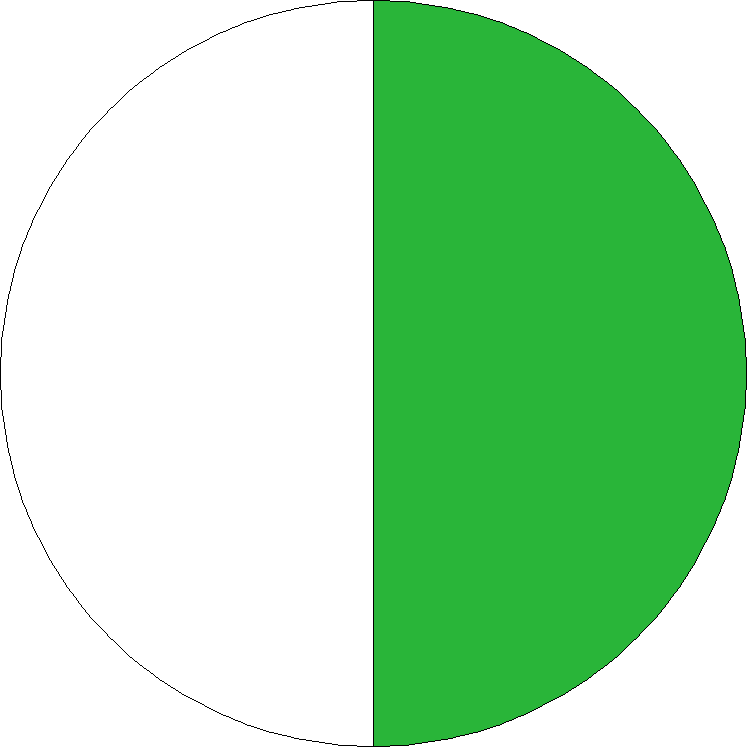 | Home - Taxonomy - Geography - Biodiversity - Literature - News & background - Recent updates - Contact | www.repfocus.dk |  |
Latest update: September 28th, 2024.
|
|
|
|
       |
Expanded account of the genus Verdigrophis
Reproduction: Oviparous. 3-14 eggs per clutch. Diet: Small mammals, birds and reptiles, such as lizards. The prey is constricted. Habitat: Primary and secondary tropical and subtropical evergreen or semi-evergreen lowland or montane forests. Altitude range: 75-2560 m ASL. Habits: Diurnal or crepuscular. Arboreal. Longevity: Wild-caught adult specimens of prasinus have lived at least 9 years in captivity. Use and trade: Not included in CITES Appendices. |  Abbreviations and glossary | ||
  |
Verdigrophis coeruleus


Reproduction: Oviparous. 5-8 eggs per clutch. According to David & al. (2023), published records on the reproduction of V. prasinus (see below) are in fact based on specimens referable to V. coeruleus. These authors reported the clutch size to be 3-11 eggs, laid between March and May, breeding period February-May, incubation time 51-68 days, and hatchling size 0.22-0.28 m. Diet: Small rodents, possibly birds and reptiles, such as lizards. The prey is constricted. Habitat: Tropical and subtropical evergreen or semi-evergreen submontane or montane forests, including secondary forests. Found in moist areas with big or small trees or in thick and tangled vegetation near rivers, streams, or forest roads, but may also be found far from water. Also found in bamboo clumps or humid bushes and shrubs on hill and mountain slopes. Altitude range: 250-1650 m ASL. Habits: Diurnal or crepuscular. Agile and swift. Arboreal, although often been encountered whilst crossing forest trails. Most often seen perched on tree branches or in thickets and other thick vegetal formations. Sleeps in trees at night. May be active during relatively cool temperatures in rainy conditions. Use and trade: Not included in CITES Appendices. Often captured and traded as pets due to its beautiful appearance. Conservation: Not Assessed (IUCN Red Lists). Often captured and traded as pets due to its beautiful appearance. Uncommon throughout its range, but its secretive habits and green coloration make it difficult to spot. No specific conservation measures have been put in place, but this snake occurs in several protected areas in various parts of its range. Other notes: Sexual dimorphism: none recorded. References:  David & al. 2022 David & al. 2022
 Liu & al. 2021 Liu & al. 2021
|
| ||
  |
Verdigrophis prasinus


Reproduction: Oviparous. 3-14 eggs per clutch (average 5-8), measuring 31-54 X 16-20 mm, weighing 7.2-12.1 g. Copulation has been observed throughout the year in February, March, April, May, August, September, and October. Oviposition has been observed in March, April, May, June, and July. Usually one clutch per year. In captivity, incubation has lasted 56-88 days at 25-28 C. Hatchlings measure 20-25 cm. If the incubation temperature is reduced to 23-25 C, the incubation period lasts 93-95 days, and the hatchlings measure 26-28 cm and weigh 5.4-6.4 g. Sexual maturity is reached in less than 2 years. Diet: Small mammals, birds, and reptiles, such as lizards. The prey is constricted. Habitat: Wet evergreen and broadleaved forests. Primary and secondary lowland and montane forests. Occurs near water around bushes, cane brakes and bamboo clusters. Seen in a palm roof of a house. Others were seen crossing a road. Altitude range: 75-2560 m ASL. Seldom seen below 1200 m in West Malaysia. Reported at 850 m in Thailand. Habits: Secretive. Mainly diurnal and arboreal. Assumed to be found primarily in richly vegetated habitats, based on its green colouration. Behaviour has been described contradictory as either very timid or vicious. Longevity: Wild-caught adult specimens have lived at least 9 years in captivity. Use and trade: Not included in CITES Appendices. The species does not seem to be part of the international pet trade. Conservation: Least Concern (IUCN Red Lists). Justified by having a wide geographic range although it is not very common. Deforestation throughout its range is thought to be localized and unlikely to represent a major threat, due to its large distribution. Other notes: Juvenile colouration as in adults in Thailand and Vietnam, but Chinese specimens are allegedly olive as juveniles, assuming the adult, light green colour in their third year. References:  Charlton 2020 Charlton 2020
 Cox & al. 2012 Cox & al. 2012
 Das 2010 Das 2010
 David & al. 2022 David & al. 2022
 Grossmann 2002 Grossmann 2002
 Liu & al. 2021 Liu & al. 2021
 Schulz 1996 Schulz 1996
 Wangyal & Das 2021 Wangyal & Das 2021
 Whitaker & Captain 2004 Whitaker & Captain 2004
 Wogan & al. 2012 Wogan & al. 2012
|
|

